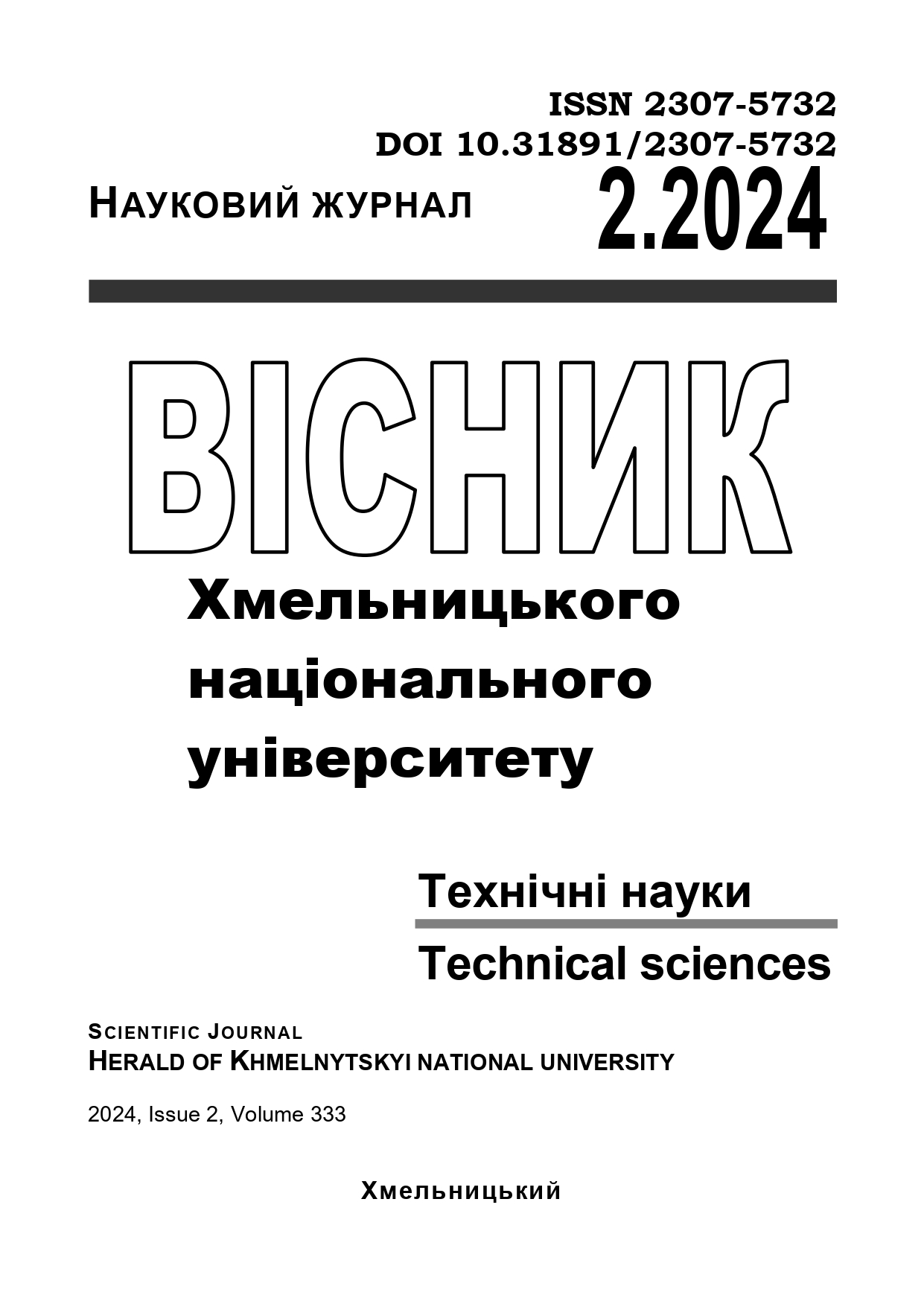INTEGRATION OF AUTONOMOUS ORIENTATION METHODS IN THE CONTROL SYSTEM OF UNMANNED AIRCRAFT (UAV) UNDER CONDITIONS OF RADIO SIGNAL AND VIDEO COMMUNICATION SUPPRESSION
DOI:
https://doi.org/10.31891/2307-5732-2024-333-2-70Keywords:
unmanned aerial vehicles (UAVs), autonomous orientation, control systems, radio signal suppression, video communication, integrated methods, hardware implementation, algorithm development, information availability, safety, efficiency, environmental monitoring, search and rescue, civilian security, military applications, collaboration, technological advancementAbstract
The article addresses the issue of providing autonomous orientation and control for unmanned aerial vehicles (UAVs) in conditions of limited access to external information sources, such as radio signal suppression and video communication. The study reviews existing methods of autonomous orientation, identifies challenges and problems faced by UAV control systems, and develops integrated methods capable of ensuring reliable operation under conditions of limited information availability. Special attention is given to hardware implementation considerations in the development of new algorithms and solutions. The research results have significant implications for improving the safety and efficiency of UAV operations across various application domains. Key aspects of the study include the analysis of existing methods of autonomous orientation, identification of challenges and problems, and the development of integrated methods capable of ensuring reliable operation of UAV control systems in conditions of limited information availability. The recommendations provided in the article for further research and practical application underscore the need for in-depth exploration and development of innovative approaches in this field. The study also emphasizes the importance of considering hardware implementation specifics when developing new algorithms and solutions to ensure effective functioning of UAV control systems. The obtained results have the potential for application in various fields, including environmental monitoring, search and rescue operations, civilian security, and military applications, making this research relevant and significant for both scientific and practical communities. In the context of advancing autonomous UAV control technologies, this research represents a significant step towards developing more reliable and efficient solutions. The methods and recommendations outlined in the article contribute not only to enhancing the safety and efficiency of UAV operations but also to opening up new prospects for their application across different sectors, ranging from commercial and scientific missions to military usage. Finally, this study highlights the need for further collaboration between the scientific community, industrial partners, and government organizations to advance innovations in the field of unmanned systems. The development and implementation of new methods and technologies require a comprehensive approach and joint efforts to ensure the progress of this important area of technological advancement.

